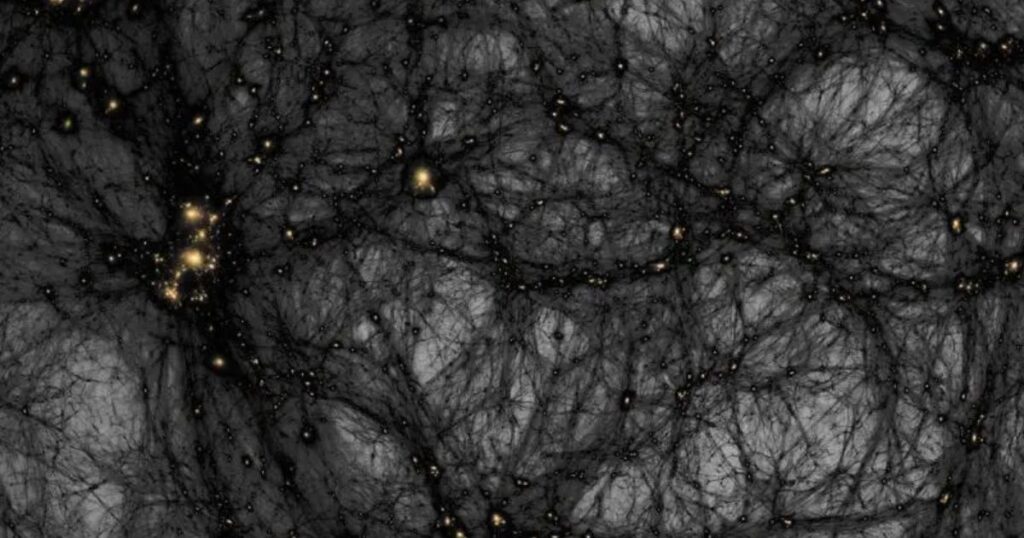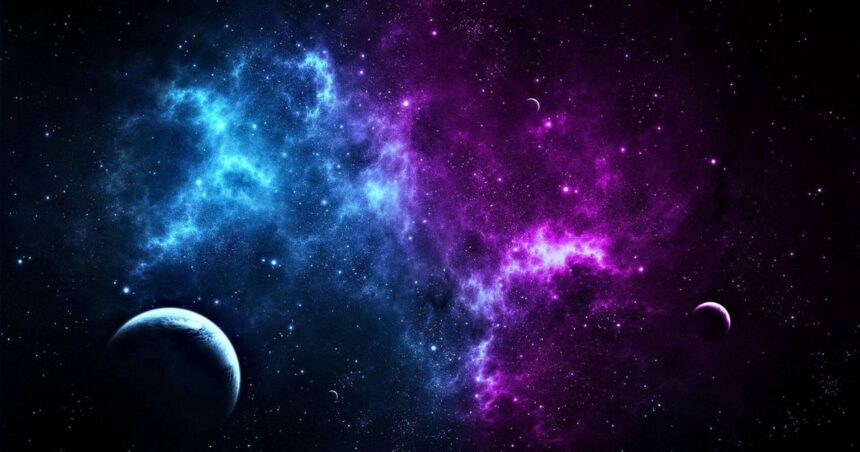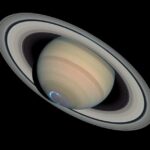A study by the CNRS (French National Centre for Scientific Research) has revealed astonishing evidence of a “secret life” in the universe before the Big Bang. This discovery could change our understanding of the cosmos forever.
The study, published in the Journal of Cosmology and Astroparticle Physics, suggests that the universe experienced a contraction phase before the Big Bang. This phase, known as “bouncing cosmology,” proposes that the universe did not start from a singularity. Instead, it underwent cycles of contraction and expansion.
What is Bouncing Cosmology?
Bouncing cosmology is a theory that challenges the traditional view of the universe’s origin. According to this theory, the universe first contracted to a very small size. Then, due to the increasing density of matter, it rebounded, leading to the Big Bang and the expansion we observe today.
The CNRS researchers believe that during this contraction phase, small black holes formed from density fluctuations. These black holes could be the source of dark matter, a mysterious substance that makes up about 80% of the universe’s matter.
The Role of Dark Matter
Dark matter is one of the biggest mysteries in astrophysics. It does not emit, absorb, or reflect light, making it invisible to current instruments. However, its presence is inferred from its gravitational effects on visible matter.

The CNRS study suggests that dark matter could be composed of primordial black holes formed during the universe’s contraction phase. These black holes, surviving through the rebound and into the current expansion phase, might constitute dark matter.
Evidence and Implications
The researchers used advanced simulations to model the universe’s behavior during the contraction phase. They found that small black holes could form from quantum fluctuations in the matter’s density. These black holes, if not too small, would survive through the rebound and still exist today.
This theory has profound implications for our understanding of the universe. If proven true, it could explain the nature of dark matter and provide insights into the early universe’s conditions.
Future Observations
The CNRS team is optimistic that future gravitational wave observatories, such as the Laser Interferometer Space Antenna (LISA) and the Einstein Telescope, will be able to detect the gravitational waves produced during the formation of these primordial black holes. Such detections could provide crucial evidence to support the theory that these black holes are indeed dark matter.
Challenges and Skepticism
While the study is promising, it is still in its early stages. The hypothesis of bouncing cosmology is not widely accepted in the scientific community. Many researchers believe that the universe started from a singularity, followed by a rapid expansion known as inflation.
However, the CNRS researchers argue that their findings provide a viable alternative to the traditional view. They believe that further observations and experiments will help validate their theory.




